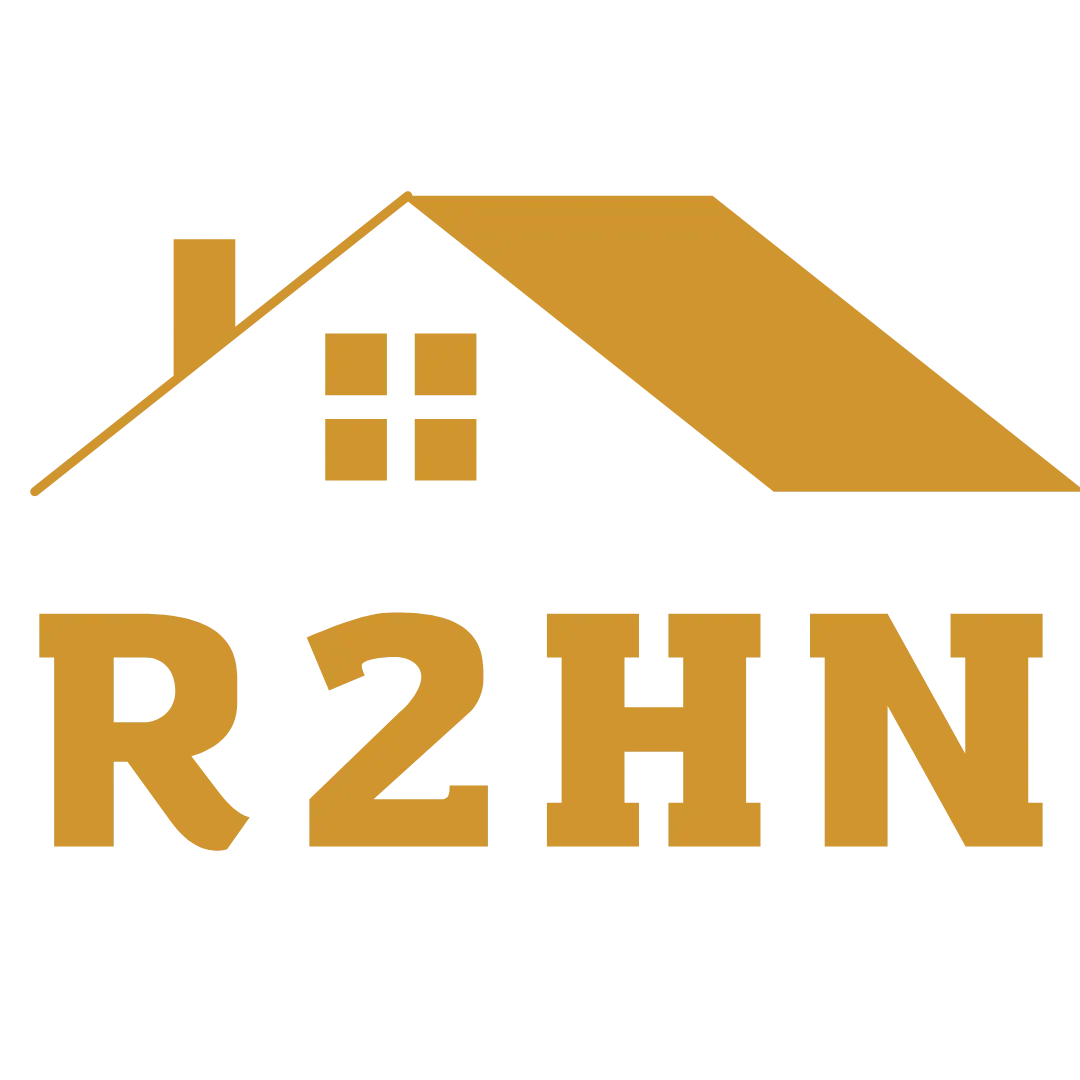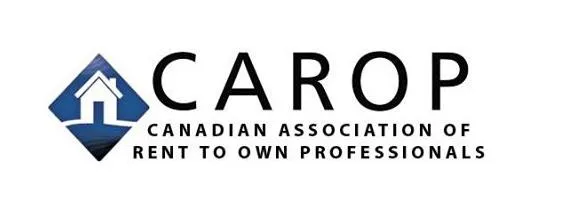




My boss offered me a raise…..
It is a common misconception that if you increase your income you will “get bumped up a bracket, and pay more tax on ALL of your earnings”.
While its true you may get bumped up a bracket, you won’t pay more on your initial earnings, read more below!

In Canada, the government uses a progressive tax system to determine how much individuals and businesses owe in taxes. This system means that the more you earn, the more you'll pay in taxes. Tax brackets are an essential part of this system, and understanding how they work can help you better manage your finances and plan for the future.
What are tax brackets?
Tax brackets are income ranges that determine the percentage of income tax you'll pay on each dollar you earn. In Canada, there are currently five federal tax brackets, each with its own tax rate. These brackets are based on your taxable income, which is your gross income minus any deductions or exemptions you're entitled to.
Here is an example using 2021 numbers.
The brackets usually increase each year with inflation.
Federal tax brackets for 2021:
15% on the first $49,020 of taxable income
20.5% on the portion of taxable income over $49,020 up to $98,040
26% on the portion of taxable income over $98,040 up to $151,978
29% on the portion of taxable income over $151,978 up to $216,511
33% on the portion of taxable income over $216,511
How do tax brackets work?
Suppose your taxable income falls within the first tax bracket, which is currently set at 15%. In that case, you'll pay 15 cents on every dollar you earn up to the limit of that bracket. Once you exceed that limit and move into the next tax bracket, you'll pay a higher tax rate on the additional income you earn within that bracket.
For example, let's say your taxable income for 2021 is $75,000. You would pay 15% on the first $49,020 of your income, which works out to $7,353. Once you hit the second tax bracket, you would pay 20.5% on the portion of your income that falls between $49,020 and $75,000, which works out to $5,084. In total, you'd pay $12,437 in federal income tax for the year.
It's essential to note that tax brackets only apply to your taxable income, which is your gross income minus any deductions or exemptions you're entitled to. Deductions can include things like RRSP contributions, child care expenses, and charitable donations. By taking advantage of these deductions, you can reduce your taxable income and potentially move into a lower tax bracket.
Conclusion
Take that raise or start a side hustle, you will not be penalized by the CRA!
Understanding how tax brackets work in Canada is essential for anyone looking to manage their finances effectively. By knowing which tax bracket you fall into, you can plan for your tax bill and take steps to lower the amount you pay! Tax avoidance is illegal, but avoiding paying taxes you don’t need to be paying is your right and responsibility.

